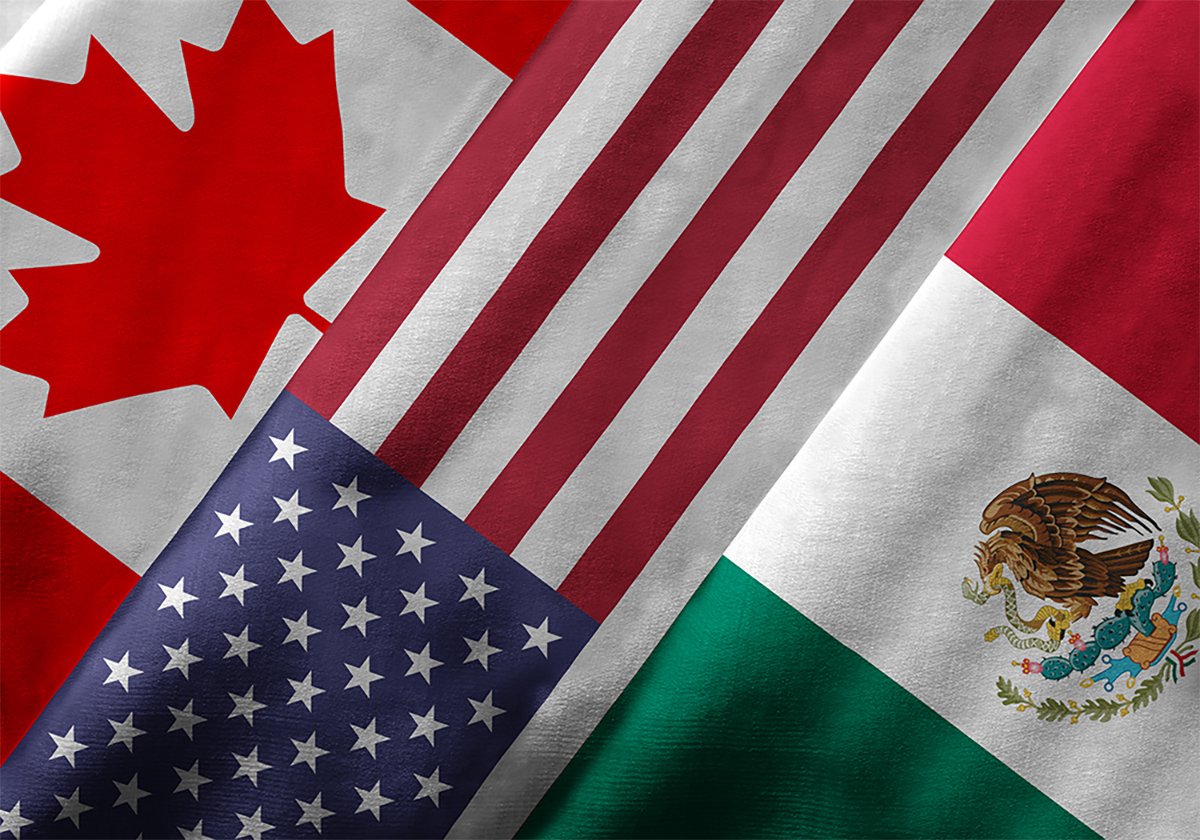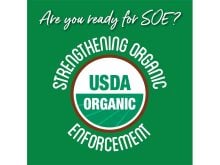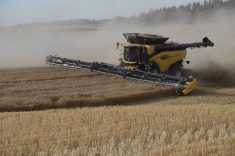SWIFT CURRENT, Sask. — A senior Farm Credit Canada economist said uncertainty is the name of the game when it comes to the economy.
The world has been seized with the tariff discussion, and Graeme Crosbie said there are real world financial market implications from what has happened.
Follow all our coverage of the tariffs situation here
Read Also

New coal mine proposal met with old concerns
A smaller version of the previously rejected Grassy Mountain coal mine project in Crowsnest Pass is back on the table, and the Livingstone Landowners Group continues to voice concerns about the environmental risks.
He said the mechanics of tariffs are not straightforward or well understood, and every commodity and situation will be different.
Essentially an import tax, the tariffs are paid by the importer to the government that has implemented the tariff, he said. That leads to the options of absorbing the cost, finding alternative suppliers, raising their own prices and passing them on, or demanding a lower price from the supplier.
Exporters face similar options, he said, and could lower prices to try to maintain business.
“I think the biggest thing that makes this complicated is, what is the alternative supply?’ ” he said during the FCC young farmer summit.
“What’s the cost? Is it available? What’s the distance?”
He said hundreds of thousands of decisions have to be made, and that makes assessing fallout from potential tariffs difficult.
Add in exchange rates and it becomes even more complex.
However, he said the real-world effects that have already occurred go back to September.
Then, the outcome of the American election was not a given, and the U.S. Federal Reserve had started cutting key interest rates. Crosbie said the markets were expecting that to continue through 2025 to an estimated rate of three per cent by year’s end, but those expectations have changed.
“The markets are now expecting the Fed to maybe make one more cut in 2025 but pretty much hold steady throughout the course of the year,” he said.
“There’s plenty of reasons for this, and almost all of it is policy uncertainty.”
Tariffs would mean inflation and higher interest rates for longer.
“The U.S. has to roll over a tremendous amount of federal debt this year as well,” he said, which has the market questioning how it will absorb that.
This matters in Canada because the rate spread between the Fed and the Bank of Canada affect exchange rate. The Bank of Canada has more aggressively cut interest rates and one more is expected this year unless something dramatic happens, Crosbie said.
He reminded farmers there isn’t one single interest rate. Borrowers will want to pay attention to what’s happening in the bond market because this is the starting point for the rates they will see.
There is some concern about the weakness of the Canadian dollar, but he said it isn’t doing that poorly relative to other currencies.
Specific to commodities, corn and soybeans have been moving in different directions for the last couple of years. Stocks and production of soybeans have grown astronomically, he said, while non-U.S. corn stocks are being drawn down.
“This is a little more bullish, I would say, for cereals in the crop year ahead,” he said.
The wheat stocks-to-use ratio is two and at the lowest level in 15 years, which should support prices. Canola stocks are down relative to their five-year average and are at about seven per cent.
Canola exports have been strong and there is some suggestion China is front-loading imports prior to the findings of its anti-dumping investigation. Prices are being held back by the abundance of soybeans.
Crosbie said cattle prices continue to amaze and should stay well supported through the year.
Contact karen.briere@producer.com


















